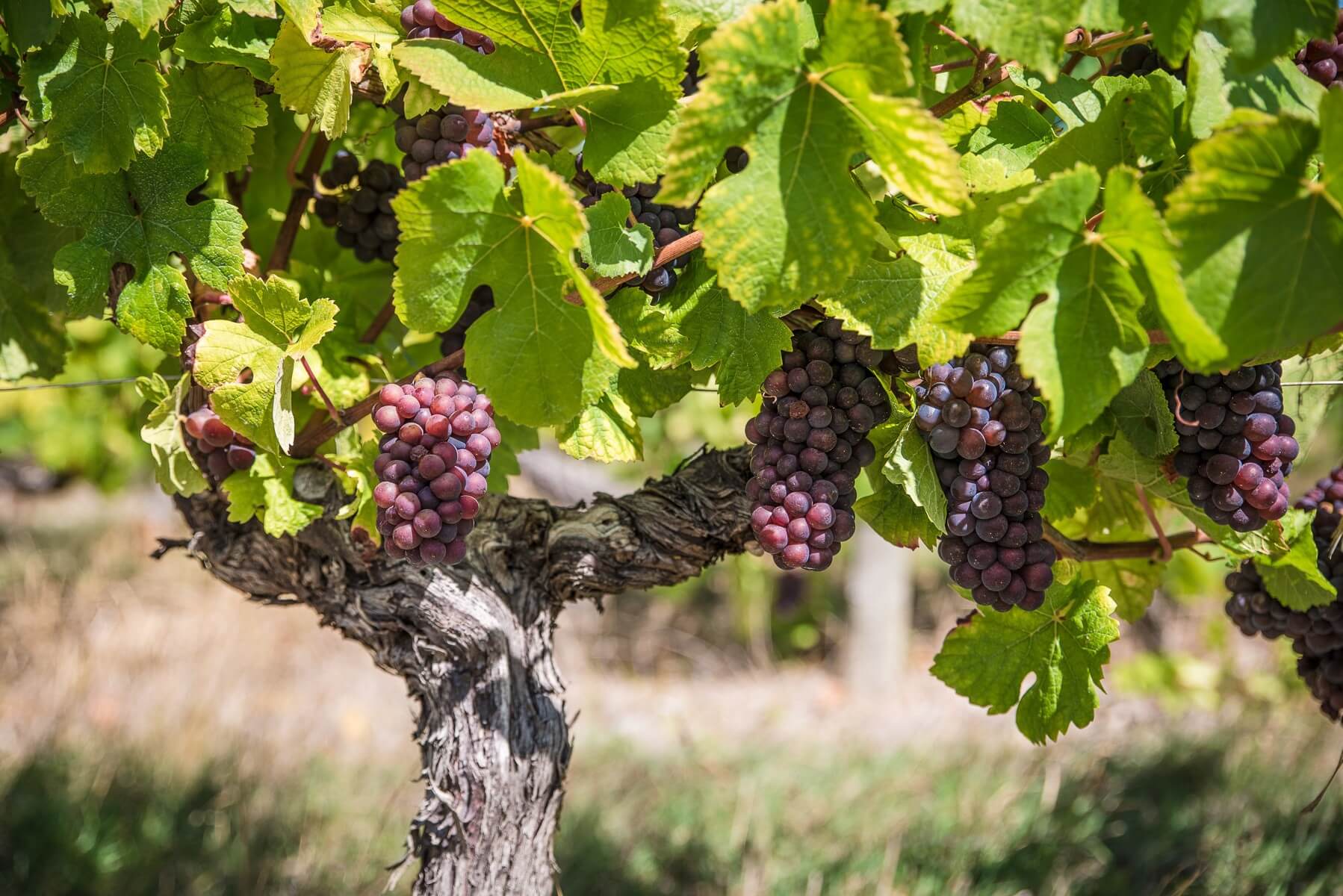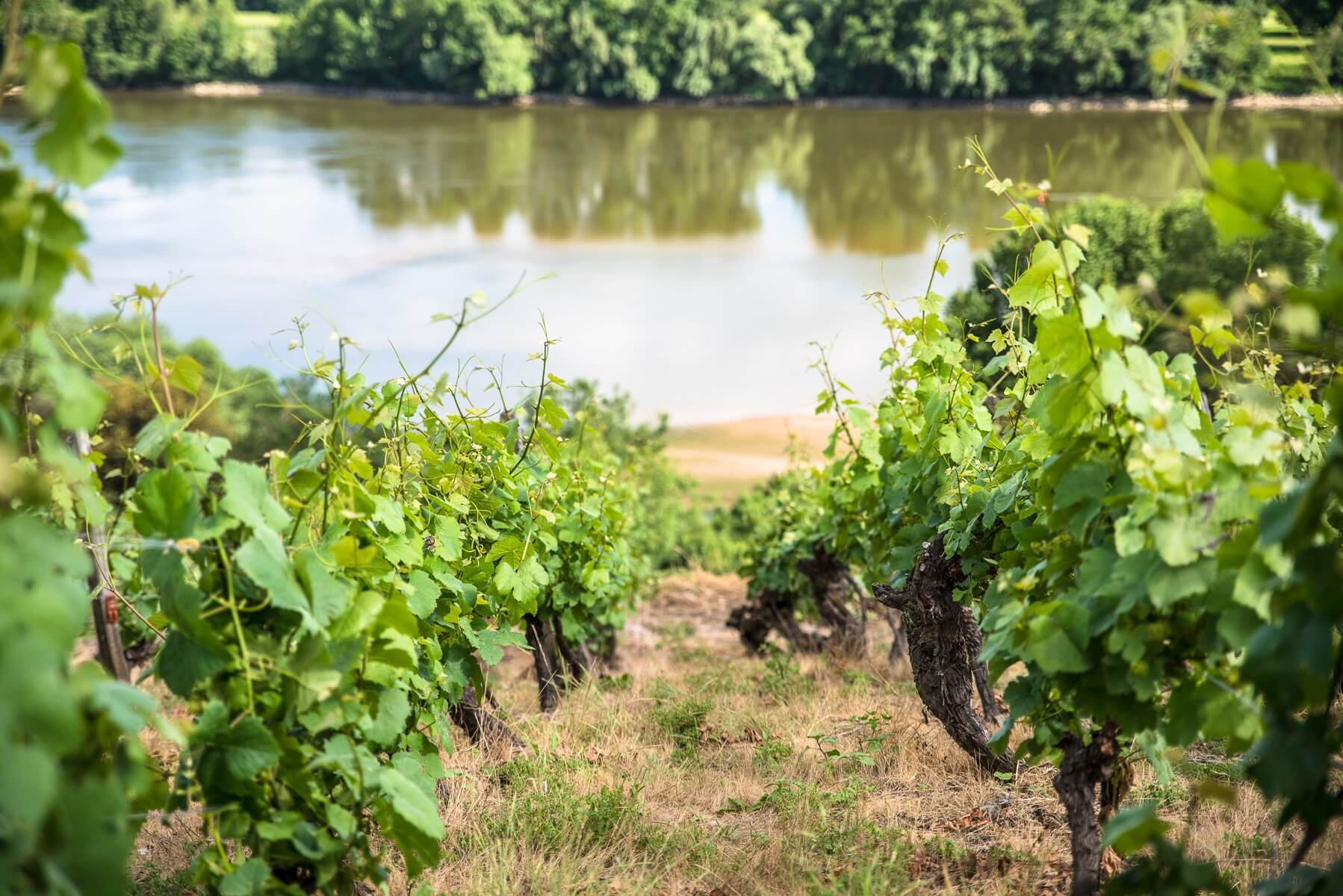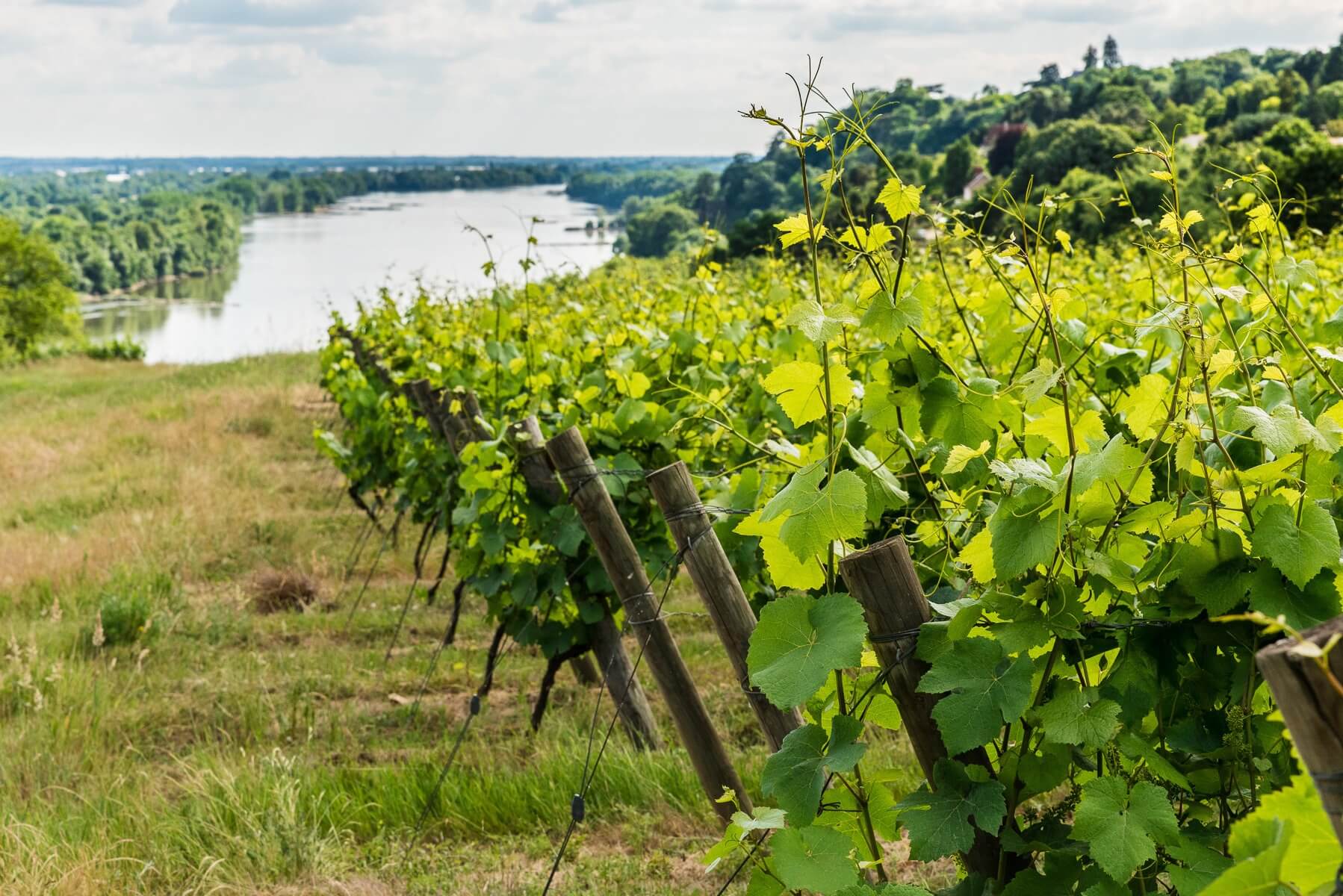


THE WINES
Perfect as an apéritif or with dessert, Coteaux d’Ancenis Malvoisie is a sweet wine made from Pinot Gris, a rarity in the region. Its golden hue can range from pale gold to an orange-tinged nuance depending on the age of the vintage. Its subtle nose evokes spring with notes of acacia and ripe and exotic fruit including litchi. After a few years of cellaring, the wine’s bouquet takes on notes of honey. On the palate it is round, crisp and very refined, with a long, fresh finish.
THE TERROIR
Coteaux d’Ancenis Malvoisie is situated between the regions of Nantes and Anjou on both banks of the Loire, reaching from Ingrandes to Carquefou on the right bank and from Saint Florent Le Vieil to La Varenne on the left bank.
Recognized as an AOC in 2011, the 150 hectares (371 acres) under vine of the aptly named Coteaux d’Ancenis Malvoisie are often planted on hilly slopes (“coteaux” is French for “hills”). Soils are composed of schist, mica schist, gneiss and greenstone.

COTEAUX D’ANCENIS GAMAY

THE WINES
What a surprise! The Coteaux d’Ancenis Gamay grape variety is unique in that it can be used to produce both red and rosé wines.
Coteaux d’Ancenis Gamay red wines take on a limpid cherry or ruby hue. Their nose evokes strawberry and raspberry and they are fresh and tasty on the palate. Coteaux d’Ancenis Gamay rosé wines deliver simple, instant pleasure with their vibrant hues and aromas of fresh fruit.
These wines most fully express their vivacity when served quite cold: 15°C (59°F) for the red wines and 8°C (46°F) for the rosé wines.
THE TERROIR
Coteaux d’Ancenis Gamay grows on both shores of the Loire around the city of Ancenis, between the regions of Nantes and Anjou. Today the 150 hectares (371 acres) classified as AOC in 2011 reach from Carquefou in the west and Montrelais in the east. Often planted on slopes, the grape variety derives part of its name from the French word for “hills,” or “coteaux.” Cultivated on schist, mica schist, gneiss and greenstone by thirty-five winegrowers, it is used to produce nearly one million bottles (seven thousand hectoliters) of wine annually, most of which is red.








